British banks may have to build up more capital and more quickly than they expected, forcing firms like Barclays to rein in dividends to shareholders and restrain bankers' bonuses to find the extra cash. Britain's financial watchdog's plans, still under consultation, would require the banks to strengthen further their capital safety nets so taxpayers will not have to foot the bill if there is another crisis, bankers and analysts said.
Proposals being finalised by the Prudential Regulation Authority could result in banks having a capital safety net of nearly 12 percent of their risk-weighted assets, significantly higher than the 10 percent they had been working towards. "Our analysis of (the) PRA consultation paper indicates UK banks may need to build to 12-13 percent core equity Tier 1 ratio vs current targets of about 10 percent, impacting growth and dividends," Chris Manners, analyst at Morgan Stanley, said.
The banks have already had to more than double the amount of capital they hold since the 2008 financial crisis to provide a bigger buffer against shocks in the future. But Britain, which pumped 65 billion pounds ($105.22 billion) into Royal Bank of Scotland and Lloyds in the crisis, has said it will "gold-plate" new global capital rules to give extra protection for taxpayers and depositors given the size of the finance sector.
Britain's banks' balance sheet is more than four times the country's GDP, higher than most European countries and above the United States, where banks' assets roughly match GDP. The banks are considered to be adequately capitalised by international standards, but now may need to build up more. "The bar has been raised more quickly than we thought it would be," Simon Hills, executive director at the British Bankers' Association (BBA), said. He said banks' main concern was that the PRA does not plan to phase in reductions from capital between 2014 and 2019 as the global rules allow.
These new global capital rules are not due to be fully in force until 2019. The PRA is introducing some elements earlier but it has not set out the exact timing of its plans. A senior bank executive, who asked not to be named, said UK banks were likely to need to hold core capital of 11-12 percent, based on his interpretation of the PRA's guidelines.
Hills, from the BBA, said: "Lots of commentators have said we may be looking at 10-12 percent core equity Tier 1 pretty much as standard." The PRA proposals were released in August, and banks had until October 2 to respond. The BBA's response said the proposals would require banks to reconsider their capital plans.
Morgan Stanley analysts said Barclays could be most affected, even after it raised 5.8 billion pounds in a rights issue last month to boost capital to meet another of the regulator's demands. British banks are already required to top up the global minimum with a surcharge because they are among the biggest in the world and also have a counter-cyclical buffer for bad times. The PRA may also apply a buffer based on banks' individual strength and wants them to hold more than half of their so-called discretionary capital as top quality equity.
BR100
15,186
Increased By
82.6 (0.55%)
BR30
42,842
Increased By
223 (0.52%)
KSE100
149,361
Increased By
1164.3 (0.79%)
KSE30
45,552
Increased By
281.7 (0.62%)


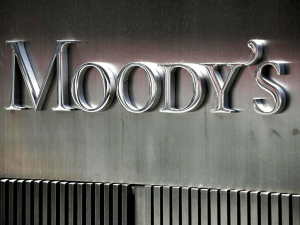




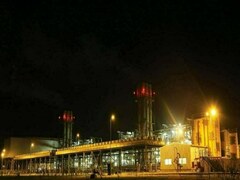



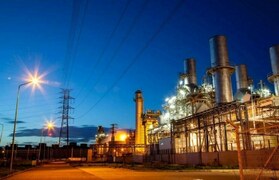





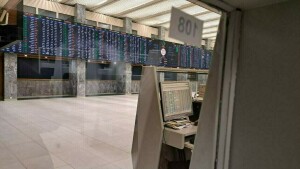
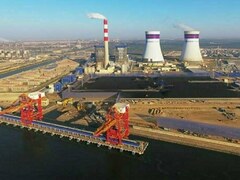


Comments
Comments are closed.